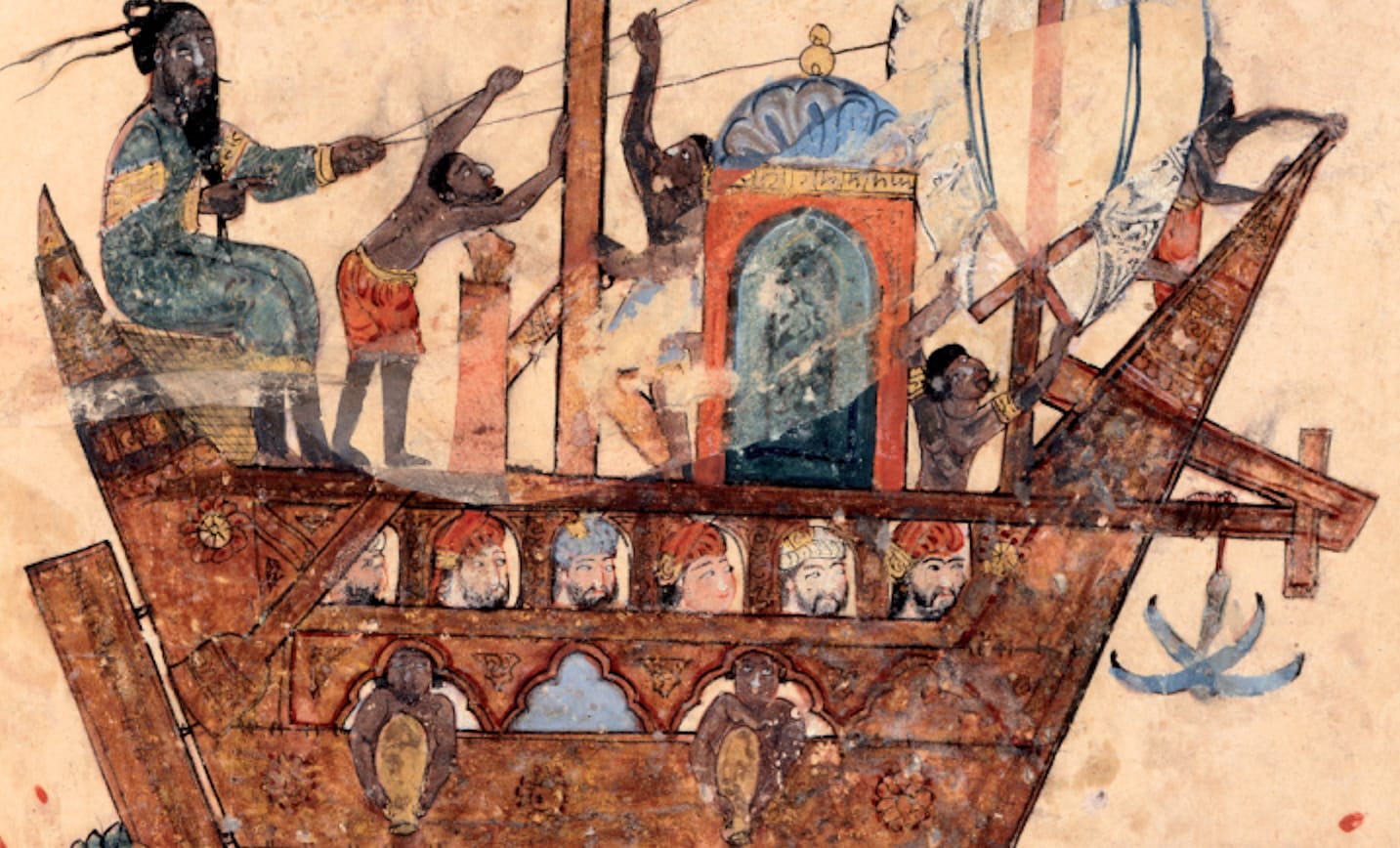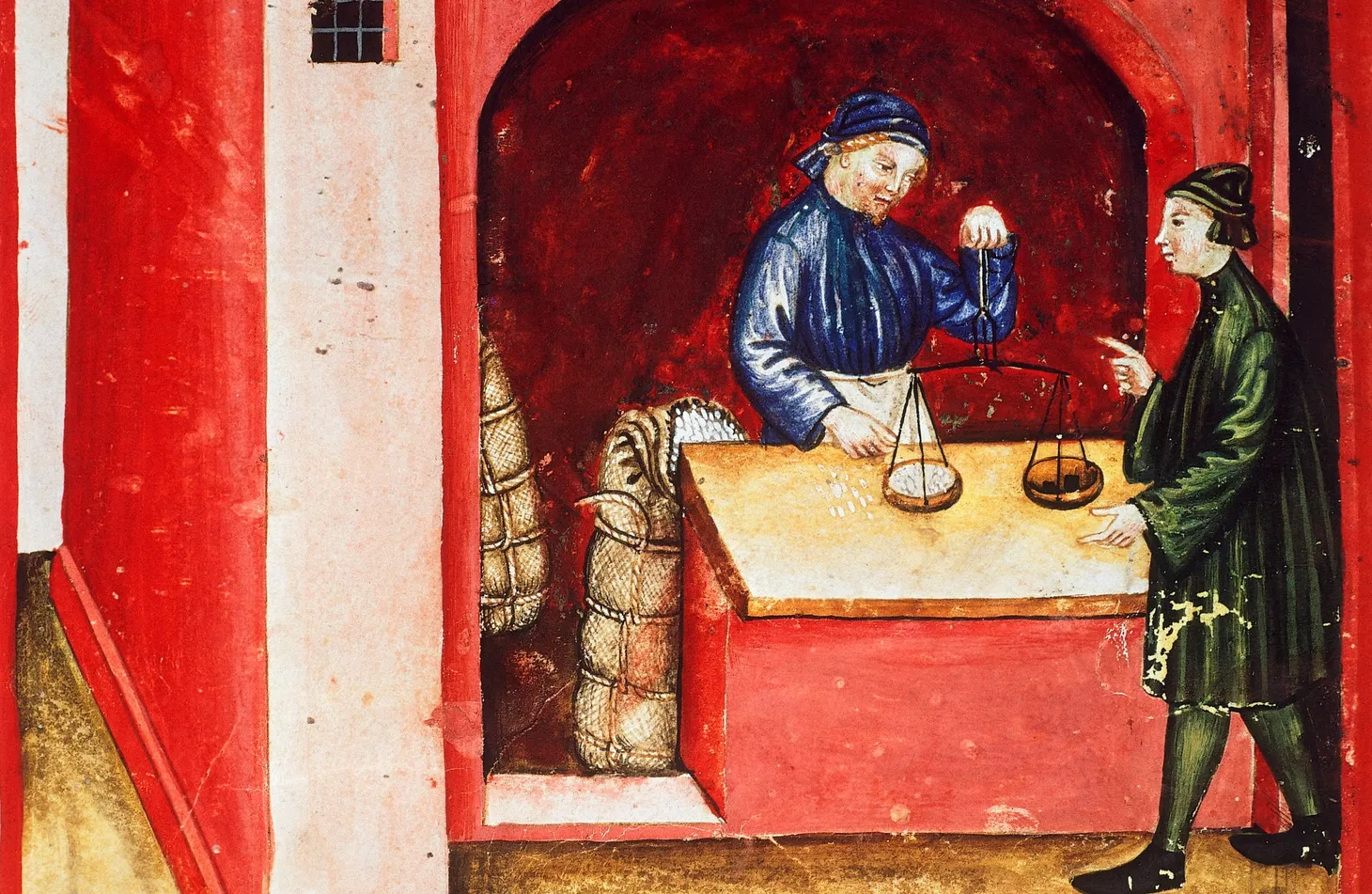“Under God’s Guidance to the Lands of the Swahili Coast”: East Africa Before 1500
Discussion of teaching East African history before 1500

My experience teaching East Africa was most likely similar to that of many world history teachers. Early in the school year, I taught the Indian Ocean before 1450 and discussed how the Swahili Coast was also part of this major exchange network. Students learned how traders traveled to the Swahili Coast and what they traded. I often finished the unit by having students compare East Africa and West Africa’s political structures and connections to the rest of Afroeurasia. It was a helpful way to have students learn about Africa before 1450 and practice comparisons.
I don’t think this approach was inherently problematic, but I also understand its limitations. East Africa was treated as an add-on to the main narrative. The real story was about the dynamic Indian Ocean exchange network, and East Africa was an add-on. I rarely discussed Swahili individuals, emphasized the centrality of East Africa to Afroeurasia, or mentioned what was happening in Northeast Africa (Ethiopia). My approach to East Africa was like the boxed section in the textbook. It was a side story or a coda that students typically see as less necessary than the main text.

When rethinking how we teach East Africa, we must help students understand how East Africa was integrated into Afroeurasian exchange patterns early on. East Africans didn’t simply receive traders; they actively engaged with people from all over Afroeurasia and even traveled beyond East Africa. By focusing on the development of Kilwa as a trade entrepôt, the Indian Ocean slave trade, and late medieval Ethiopia, we can better center East Africa in our main narratives of Afroeurasia before 1500.
Resources for Teaching East Africa
Finding helpful resources is one challenge for teachers wanting to better integrate East African case studies. Many books are available on Amazon and hundreds of websites, but which are useful? Before I traveled to East Africa in 2011, I read Mark Horton and John Middleton’s The Swahili. The book was originally published in 2001, and it’s beginning to show its age. For teachers wanting a good synthesis of recent scholarship, Stephanie Wynne-Jones and Adria LaViolette’s The Swahili World is excellent. Chapurukha Kusimba’s Swahili Worlds in Globalism is a relatively short book that helps situate the Swahili Coast in the global Middle Ages. Harold Marcus’ A History of Ethiopia is the most accessible history of Ethiopia, although its focus is mainly on post-1800 history. Yonatam Binyam and Verena Krebs’ “Ethiopia” and the World, 330–1500 CE is part of the same series on the Global Middle Ages as Kusimba’s book. They discuss how the different “Ethiopian” states interacted with the rest of Afroeurasia. Gwyn Campbell’s Africa and the Indian Ocean World from Early Times to Circa 1900 covers all of East Africa regarding its Indian Ocean links.
Two recent exhibition catalogues full of essays and images are also excellent resources. Christine Sciacca edited the catalogue for Ethiopia at the Crossroads, the first exhibition highlighting Ethiopia’s global connections. Prita Meier and Allyson Purpura edited World on the Horizon: Swahili Arts Across the Indian Ocean.
This content is for Paid Members
Unlock full access to Liberating Narratives and see the entire library of members-only content.
SubscribeAlready have an account? Log in



